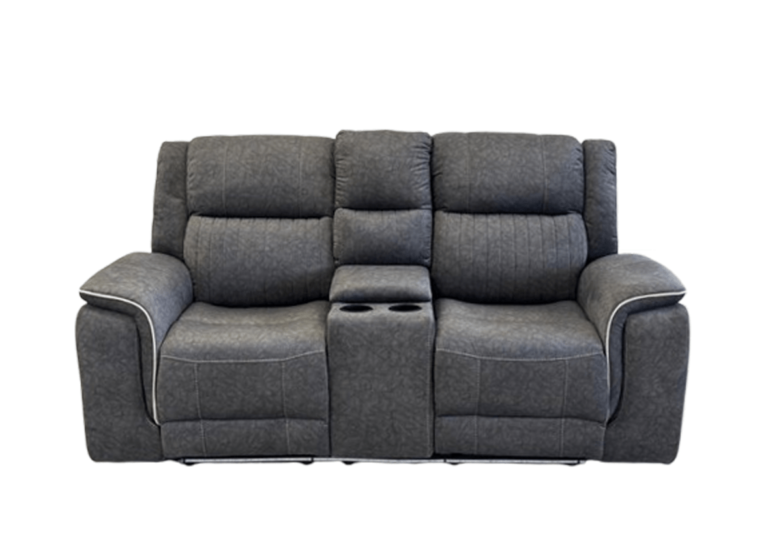Paper boxes are a popular packaging solution due to their eco-friendliness, affordability, and customizability. However, one common concern is their durability, especially when used for heavy or delicate items. The good news is that with the right techniques and materials, you can significantly enhance the strength and lifespan of paper boxes. This article explores practical ways to make paper boxes more durable without compromising their aesthetic appeal or sustainability.
1. Choose High-Quality Materials
The durability of a paper box begins with the quality of materials used.
Types of Durable Paper Materials
- Corrugated Cardboard: Ideal for heavy-duty applications, offering superior strength and shock absorption.
- Kraft Paper: Known for its toughness, making it suitable for eco-friendly yet durable packaging.
- Reinforced Paperboard: Provides additional rigidity while maintaining a sleek look.
Why It Matters
High-quality materials are less prone to tearing, warping, or collapsing, ensuring the box remains intact during handling and transit.
2. Reinforce Structural Integrity
Strengthening the box’s structure can prevent deformation and enhance load-bearing capacity.
Reinforcement Techniques
- Double-Layer Walls: Add an extra layer of material to the walls for added strength.
- Corner Supports: Use inserts or fold the edges to reinforce corners, which are the most vulnerable areas.
- Cross-Laminated Design: Overlap layers of paper in a crisscross pattern to distribute weight evenly.
Benefits
Reinforced structures minimize the risk of damage, especially when packaging heavier items or stacking boxes.
3. Use Laminations and Coatings
Applying laminations or coatings can improve a box’s durability while adding functional benefits.
Popular Options
- Plastic Lamination: Provides water and stain resistance.
- UV Coating: Protects against sunlight and moisture, ideal for outdoor storage.
- Matte or Gloss Finishes: Adds a layer of protection while enhancing the visual appeal.
How It Helps
Coatings act as a shield against environmental factors, extending the lifespan of paper boxes and maintaining their integrity.
4. Incorporate Protective Inserts
Inserts not only safeguard the contents but also add structural stability to the box.
Types of Inserts
- Cardboard Dividers: Prevent items from moving and distribute weight evenly.
- Foam Padding: Absorbs shocks and protects fragile items.
- Custom Molded Inserts: Tailored to fit specific products for optimal protection.
Why It’s Effective
Inserts reduce the risk of crushing or collapsing by supporting the box from the inside.
5. Seal Edges and Joints Properly
Weak joints and poorly sealed edges are common failure points in paper boxes.
Best Practices for Sealing
- Use High-Strength Adhesive Tapes: Reinforce seams with heavy-duty packing tape.
- Apply Hot Glue: Strengthen flaps and edges with hot glue for a more secure bond.
- Stapling or Riveting: Add extra reinforcement for industrial or heavy-use applications.
Outcome
Proper sealing prevents the box from coming apart under pressure, ensuring it stays intact throughout its usage.
6. Opt for Custom Designs
Customizing the box design can enhance its durability without increasing material use.
Durability-Enhancing Designs
- Foldable Flaps: Add double or triple folds for increased strength.
- Die-Cut Handles: Avoid weak points by integrating reinforced handles.
- Box-In-Box Construction: Place a smaller box inside for double-layer protection.
Advantages
Smart designs distribute stress and provide additional layers of defense against wear and tear.
7. Store and Handle Properly
Even the most durable paper boxes can degrade under poor storage or handling conditions.
Storage Tips
- Keep in a Dry Environment: Avoid exposure to moisture, which can weaken the paper fibers.
- Stack with Care: Distribute weight evenly and avoid overloading.
- Protect from Direct Sunlight: Prolonged exposure can cause warping or fading.
Handling Tips
- Use proper lifting techniques to avoid crushing.
- Avoid dragging boxes across rough surfaces to prevent tearing.
8. Add Waterproofing Elements
Waterproofing can significantly improve the durability of paper boxes in humid or wet conditions.
Waterproofing Methods
- Wax Coating: Creates a moisture barrier on the surface.
- Plastic Linings: Insert a thin layer of plastic for additional water resistance.
- Spray-On Sealants: Apply a quick-drying waterproof spray for ease and efficiency.
Impact
Waterproofing ensures the box maintains its integrity even when exposed to moisture, making it suitable for diverse applications.
Conclusion
Making paper boxes more durable is a combination of choosing the right materials, employing smart design techniques, and using effective reinforcements. Whether you’re looking to protect delicate products, improve sustainability, or ensure reliable shipping, these strategies will help you create sturdy and long-lasting paper boxes. By investing with Your Box Packaging, you not only enhance product safety but also improve customer satisfaction and brand reputation.










